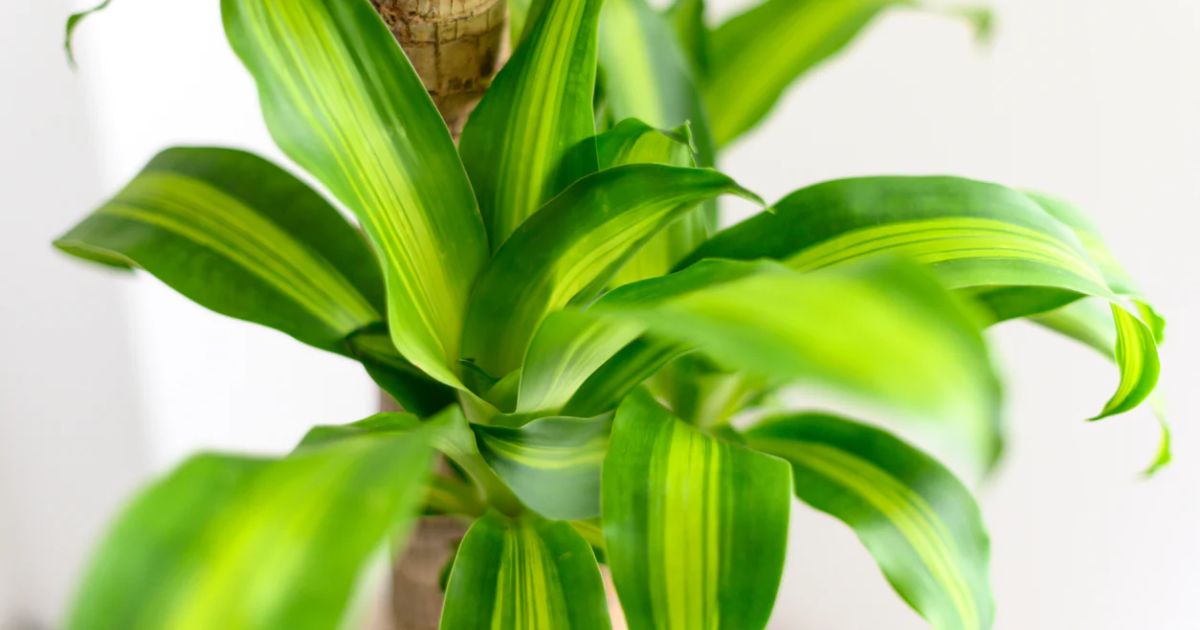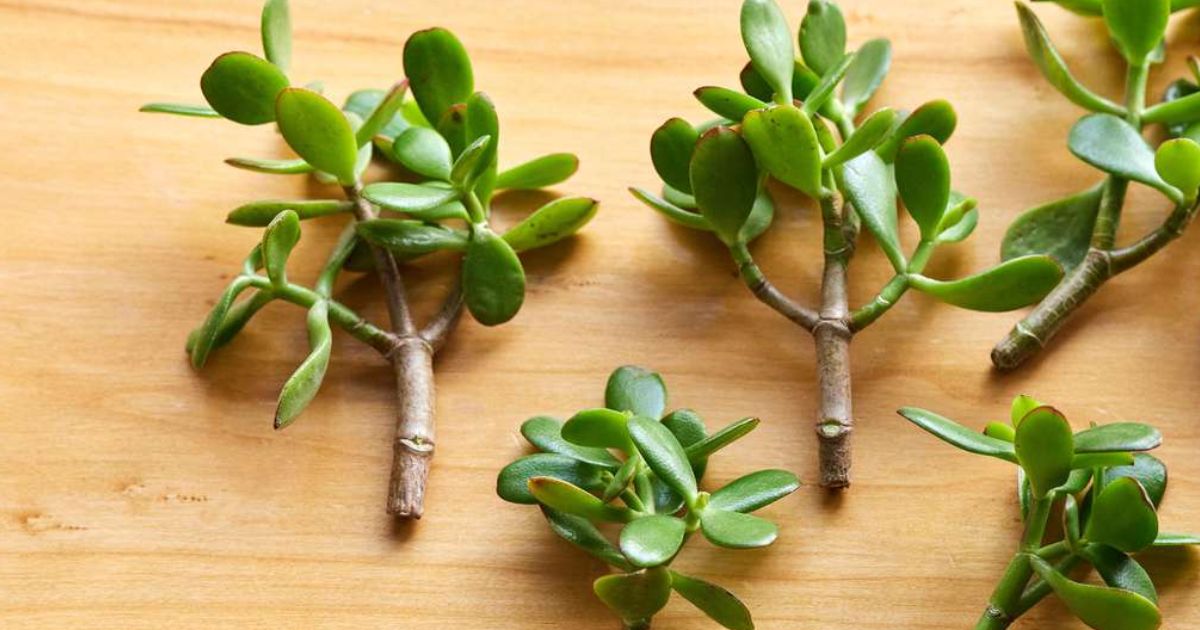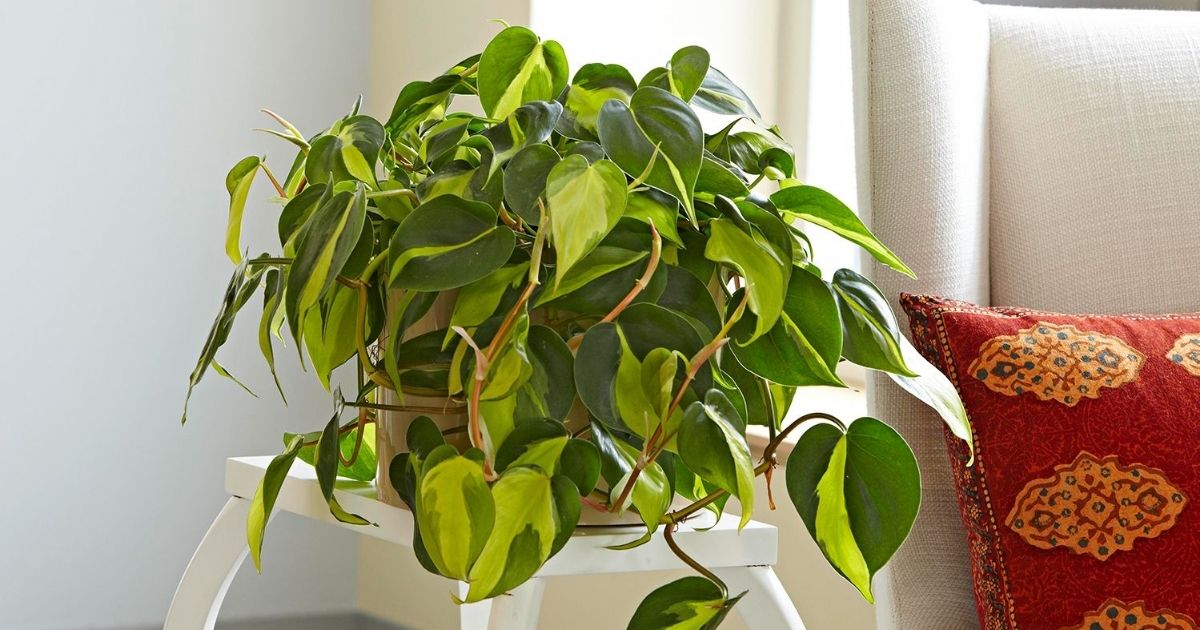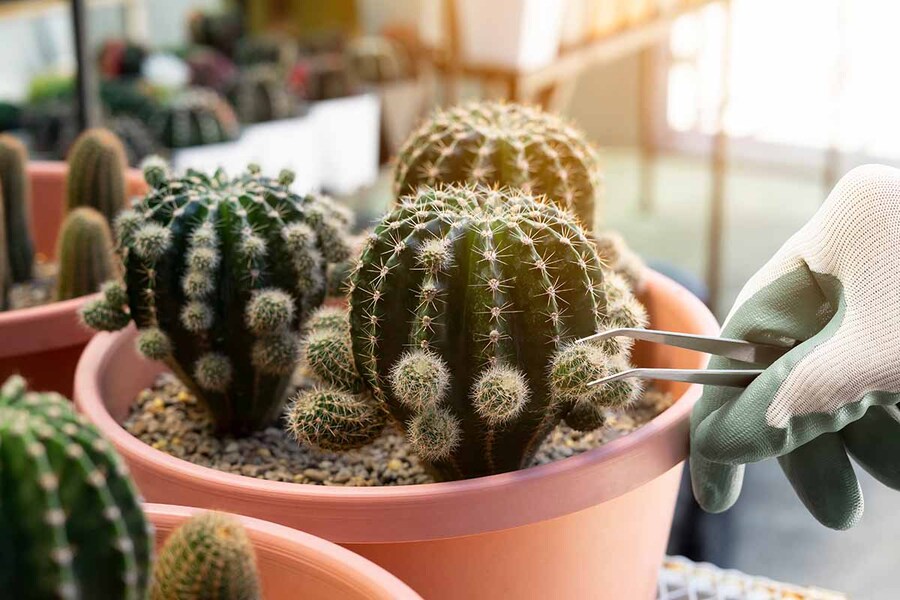PLANNING THE LAYOUT OF GROW LIGHTS
Properly planning the layout of your grow lights and using plant training methods can help to optimize light exposure for your plants, leading to healthier growth and increased yields. Here's a closer look at these important aspects of any indoor grow operation:
Planning the Layout of Your Grow Lights
The layout of your grow lights can have a big impact on the overall health and yield of your plants, so it is important to take the time to carefully plan out your setup. One of the key principles of grow light layout is lighting a "footprint" correctly. A grow light footprint is the area that is directly beneath the grow light where the plants receive the most intense light. It is important to make sure that your grow lights are positioned in a way that maximizes the amount of light that reaches your plants. This can be achieved by ensuring that the grow lights are close enough to the plants to provide sufficient light, but not so close that they burn the plants.
To determine the optimal distance between your grow lights and your plants, it is important to consider the type of grow light you are using as well as the specific needs of the plants you are growing. Different grow lights have different light intensities and spectrums, and different plants have different light requirements. For example, if you are using high intensity discharge (HID) grow lights, you will need to keep them farther away from your plants to prevent burning due to the high intensity of the light. On the other hand, if you are using LED grow lights, which have a lower intensity, you may be able to keep them closer to your plants without worrying about burning.
Once you have your grow lights set up and your footprint is properly lit, it is important to optimize the light distribution to the leaf surface of your plants. This can be achieved by adjusting the height and angle of your grow lights as needed. For example, if your grow lights are too high, the light may not be intense enough to reach the lower leaves of your plants, which can lead to uneven growth or plant stress. On the other hand, if your grow lights are too low, the light may be too intense and could potentially burn the plants. By adjusting the height and angle of your grow lights to optimize the light distribution to the leaf surface of your plants, you can ensure that your plants are receiving the optimal amount of light for healthy growth.
In addition to lighting a footprint correctly and optimizing the light distribution to the leaf surface, there are a few other things to consider when planning the layout of your grow lights:
Make sure to leave enough space between your grow lights and your plants to allow for proper air circulation and temperature control.
Use reflective surfaces like white walls or reflective sheets to help maximize the amount of light that reaches your plants.
Consider using adjustable grow light stands or hanging systems to allow for flexibility in adjusting the height and angle of your grow lights as needed.
By following these tips and considering the dimensions of your grow facility, physical objects that obstruct grow lights, and the specific needs of the plants you are growing, you can create a grow light layout that is optimized for the health and success of your plants. If you are in Melbourne, Australia, be sure to check out Benchmark Hydroponics for a wide selection of high quality grow lights and grow light accessories.
Using Plant Training Methods to Optimize Light Exposure
In addition to properly planning the layout of your grow lights, plant training methods can also be used to help optimize light exposure for your plants. Plant training methods involve manipulating the growth of your plants in order to increase the efficiency of your grow operation. Two common plant training methods that can help maximize light exposure for your plants are topping and SCROG (screen of green) netting.
Topping is a plant training method that involves cutting off the top growth of a plant. This can help to create a more even canopy of leaves, which can allow for more even light distribution across the plant. Topping can also help to encourage lateral growth, which can help to increase the overall yield of your plants.
SCROG netting, also known as screen of green, involves using a net or mesh to train the plants to grow horizontally. This can help to create a more even canopy of leaves, which can allow for more even light distribution across the plant. SCROG netting can also help to increase the overall yield of your plants by allowing more space for the plants to grow.
By using plant training methods like topping and SCROG netting, you can help to create a more even canopy of leaves for your plants, which can allow for more even light distribution and increased yields. These methods can be especially useful for indoor grow operations where space is limited and it is important to make the most efficient use of the available light. If you are in Melbourne, Australia, be sure to check out Benchmark Hydroponics for a wide selection of high quality plant training tools and accessories.
In summary, properly planning the layout of your grow lights and using plant training methods can help to optimize light exposure for your plants, leading to healthier growth and increased yields. By taking the time to carefully plan out your grow light setup and using techniques like topping and SCROG netting, you can create a grow operation that is optimized for success. If you are in Melbourne, Australia, be sure to check out Benchmark Hydroponics for a wide selection of high quality grow lights and plant training tools.




